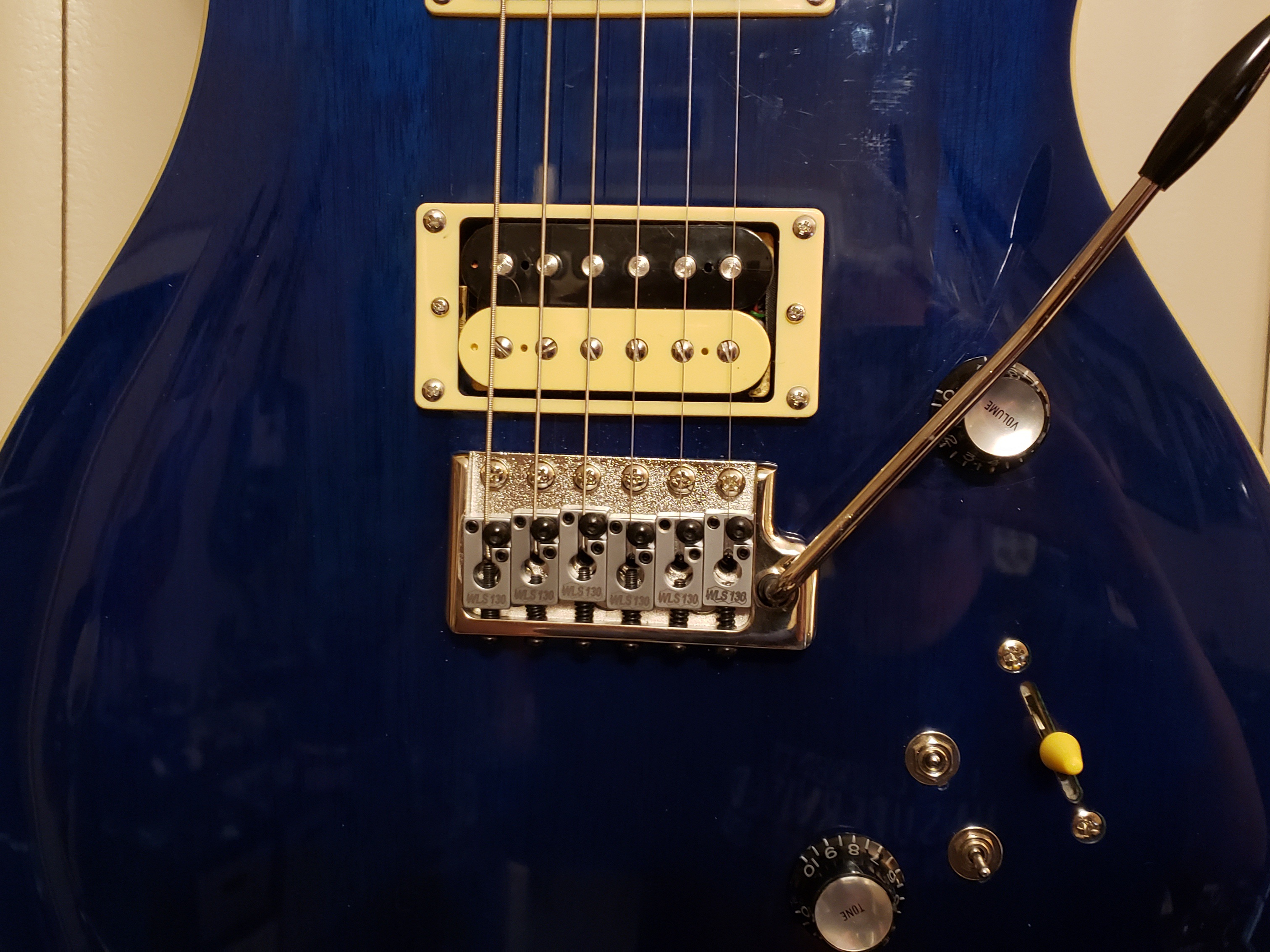It's bunk science, unfortunately. Whatever subtle change in tension you're making by having the springs unequal lengths is:The main takeaway I get from it is balancing the string tension and the spring tension - that seems to work well for me. The claw angle/tension thing is a leap - I get that. I think his bit about adjusting the upward pull up a specific number of steps is more for performance to give you known intervals to play off of. It also acts as a general guide for how much play to put into the setup.
I just don't understand the "troll physics" comment. I don't know Carl or much about him, but I don't think he's trying to act like a physics master - seems like he's just passing along some anecdotal experience he's come across. People can take it in and use it how they wish. Or not.
a) subtle;
b) applied uniformally to all strings as you move the tremolo because they all move in unison and the body that moves them is highly rigid.
It's not troll physics, but it's a great example of someone doing something, looking at it, making some assumptions and reporting it as fact. Sounds plausible when you say it out loud, but under actual scrutiny is not really based on anything but conjecture.
Edit: @mr_fender beat me to it.

Last edited:



 Probably just a better overall setup. Oh well...
Probably just a better overall setup. Oh well...




